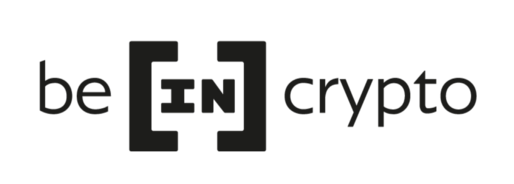In recent years, crypto and tokenized assets have transformed the investment landscape, capturing attention from both retail and institutional investors.
With the approval of ETFs, the launch of real-world assets (RWAs) and the rise of Bitcoin, the digital asset market is projected to reach $2.5 trillion by 2024. Surveys show that 64% of retail investors and over half of institutional investors have invested in digital assets or plan to, highlighting the sector’s growing appeal.
Crypto market value is once again pushing $2.5 trillion as traditional investors turn to digital assets. Source: CoinMarketCap
Despite this positive outlook, the rapid market expansion presents unique management challenges. Due to the decentralized and dynamic nature of crypto markets, managing these assets demands a sophisticated approach. Many investors rely on inefficient digital asset management (DAM) models, often overlooking risks. Managing digital assets across multiple platforms requires advanced tools to ensure data consistency, security and regulatory compliance, making specialized DAM models essential.
Why is Digital Asset Management (DAM) Important?
Without a robust DAM system, investors face risks like security vulnerabilities, integration barriers and compliance challenges as regulations evolve. Effective portfolio management helps financial advisors and funds navigate market dynamics while minimizing risks.
As regulators formalize asset classifications and security frameworks, DAM solutions with encryption, role-based access and compliance tools are increasingly critical. Additionally, cloud-based, AI-powered DAM systems enable organizations to scale and integrate with other business tools, preventing data silos and inefficiencies. DAM platforms serve not only as supporting tools but as foundational systems for asset managers, providing security, scalability and strategic control.
DAM centralizes digital asset tracking, enabling investors to monitor market movements with speed and accuracy while enhancing security. By streamlining workflows, DAM allows investors to focus on strategic decision-making instead of manual tasks.
Digital Asset Management Challenges and Solutions
Trading across multiple platforms can lead to inconsistencies in valuation, performance and reporting, complicating decision-making. Centralized data management, supported by AI-powered validation tools, ensures consistent data across platforms by automatically detecting and correcting inconsistencies.
Security and compliance are also vital. Given crypto’s decentralized nature, protecting assets from unauthorized access and ensuring regulatory compliance with regulations like the General Data Protection Regulation (GDPR) and the California Consumer Privacy Act (CCPA) are paramount. Encryption, multi-factor authentication and regular audits build regulatory trust and safeguard assets.
Collaboration and integration bring additional challenges to crypto asset management. The crypto landscape involves many stakeholders operating across platforms, making an integrated structure crucial for efficient operations. Advanced DAM systems facilitate smoother data flow by connecting compliance officers, financial advisors and IT staff on a common platform.
Crypto asset management also requires systems capable of handling scalability. As investments grow, DAM solutions must also adapt to handle increased demand. Cloud-based systems provide flexibility, maintaining transaction speeds during peak times, while edge computing improves performance by processing data closer to the user.
Implementing a DAM system and encouraging its adoption among employees is also a critical challenge. With the increase in DAM adoption, resistance to change may arise, particularly among traditional finance professionals. Providing comprehensive training on the system’s benefits is essential for a smooth transition. Offering a test environment for users helps alleviate concerns and builds confidence in the system.
Advantages of Crypto Asset Management Software
DAM solutions empower asset managers to streamline crypto portfolio management. By consolidating management across multiple crypto exchanges onto a single platform, DAM systems provide easy access to the best prices and liquidity, simplifying transactions across blockchains and supporting diversification.
Automatic rebalancing, which aligns portfolios with investment strategies, is a significant advantage during market volatility. DAM software also enhances security through wallet integrations and facilitates fiat-to-crypto transitions, expediting transactions and offering a flexible investment process. Advanced reporting and compliance features help investors stay regulatory-compliant while maintaining transparency with clients.
While the DAM solutions mentioned above are highly effective, they often require substantial effort and resources to manage. Fortunately, there are platforms that financial advisors, businesses and investment funds can easily adopt to streamline digital asset management. These platforms offer comprehensive crypto management through a central account, enabling users to access diverse crypto strategies, consolidate assets across multiple exchanges, automate portfolio rebalancing and benefit from robust security features.
About Company
ICONOMI Wealth is a digital asset management platform that centralizes crypto management tools. The platform enables users to manage multiple portfolios and access various investment strategies in one place. Designed to simplify asset management tasks, ICONOMI provides an organized way for investors to track, secure and manage their digital assets across exchanges.
The post Mastering Crypto: Why Digital Asset Management is Key for Investors appeared first on BeInCrypto.

 3 months ago
68
3 months ago
68









 English (US) ·
English (US) ·